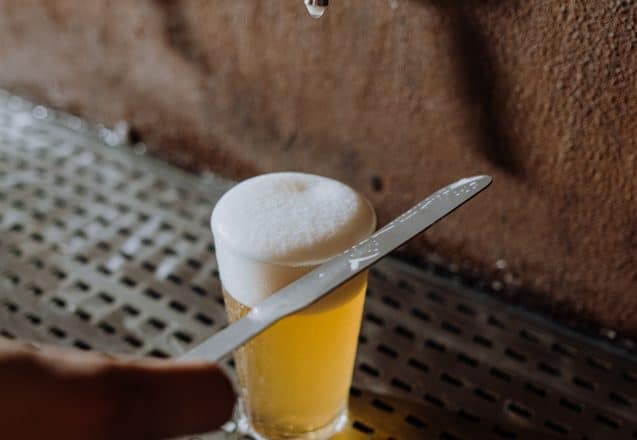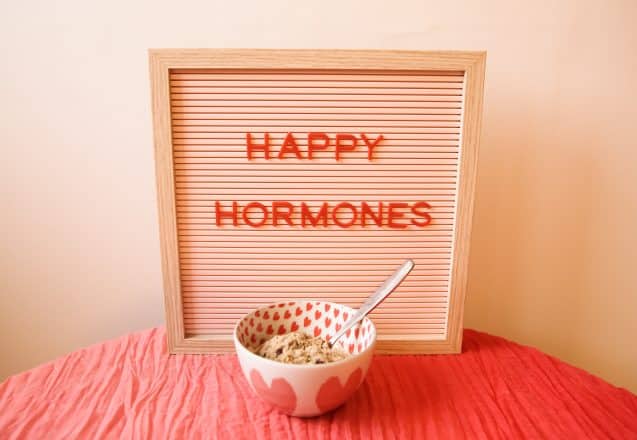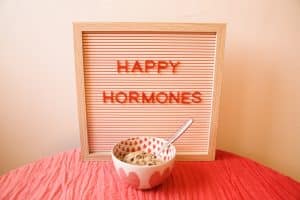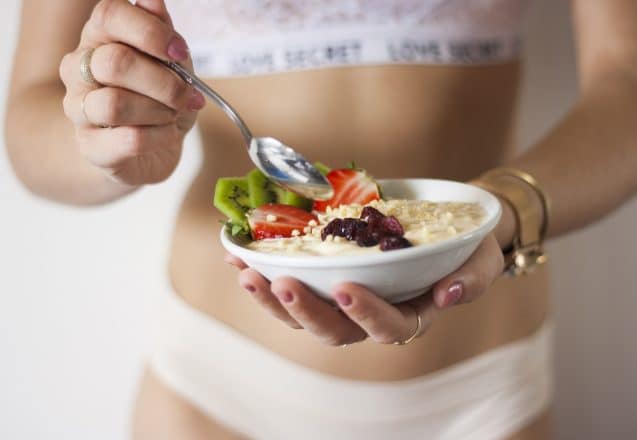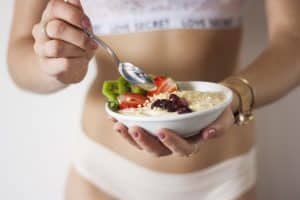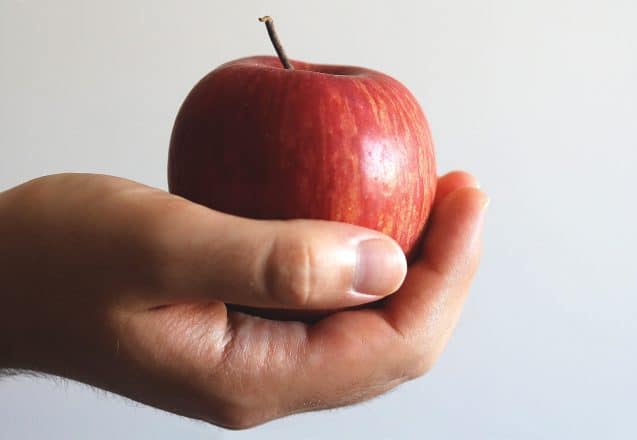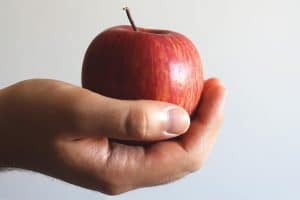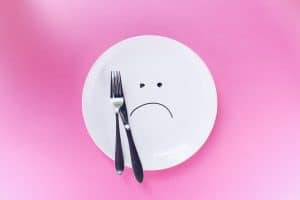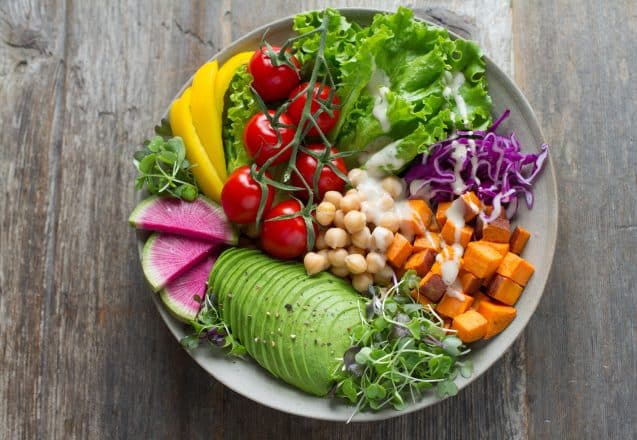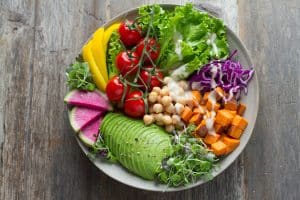The Benefits Of A Weighted Vest
 If your weight loss program is stalling out, you can do one of two things, eat even less or burn more calories. If your diet is healthy and lower in calories, improving the calories burned is the best answer. You can make your workout more intense or longer by wearing a weighted vest. Add more weight to the vest as you lose weight.
If your weight loss program is stalling out, you can do one of two things, eat even less or burn more calories. If your diet is healthy and lower in calories, improving the calories burned is the best answer. You can make your workout more intense or longer by wearing a weighted vest. Add more weight to the vest as you lose weight.
The weights in the vest can simulate the weight you lost.
One reason people slow down weight loss, even though they’re working hard, is their weight loss. If you’re 30 pounds overweight, it’s like carrying a 30-pound weight during every waking moment. You’ll have more mass and more resistance against gravity. Even a five-pound weight loss makes a difference in the calories you burn. If you weigh 155 pounds, you’ll burn 712 calories during an hour of vigorous calisthenics. If you lose 15 pounds, the calories burned are reduced by 66 calories to 646 in an hour. That extra weight created extra effort and burned more calories. A weighted vest can help you reach your goals by causing you to burn more calories.
You’ll improve your endurance.
When you’re doing intense exercises for longer periods, you’ll often experience “the burn.” That’s from the acidic byproduct of burning the stores of glucose in the muscles. It’s called lactate. The lactate threshold occurs when the body can’t clear the lactate as quickly as it’s produced. Some research shows increasing the threshold may benefit performance and cardiovascular system. Weighted vests improve the lactate threshold for runners, allowing the runners to go faster for longer periods. The higher the weight increase—those from 10-40% of body weight were best for sprinters, while those below 10% were best for long-distance runners.
Build muscle strength faster.
Whether you’re doing pushups or running, weighted vests can help build strength. Improvements are also evident when doing traditional weightlifting, explosive movements, and other resistance training. It’s easy to understand why. You’re working harder. Weighted vests are good for both older and younger people. If you’re having dramatic muscle loss from aging, they can improve muscle tone quickly and help reduce osteopenia, which reduces the potential for osteoporosis.
- A small study showed that weighted vests may help burn fat more efficiently. However, larger studies and more studies should be completed before there’s any conclusive evidence.
- If you’re using a weighted vest, distribute the weight evenly. The extra weight too far to one side, to the front, or the back will affect your posture and performance.
- The best weighted vests are the ones that work best for you. If you’re building muscles or on a weight loss program, consider using a vest that you can add or remove weights, rather than one with a fixed weight.
- A weighted vest isn’t any good if you don’t use it and you won’t if it’s not comfortable. You need one with a good fit that doesn’t bind or pinch. It should be breathable and appropriate for your exercise.
For more information, contact us today at Iron Fit San Antonio




